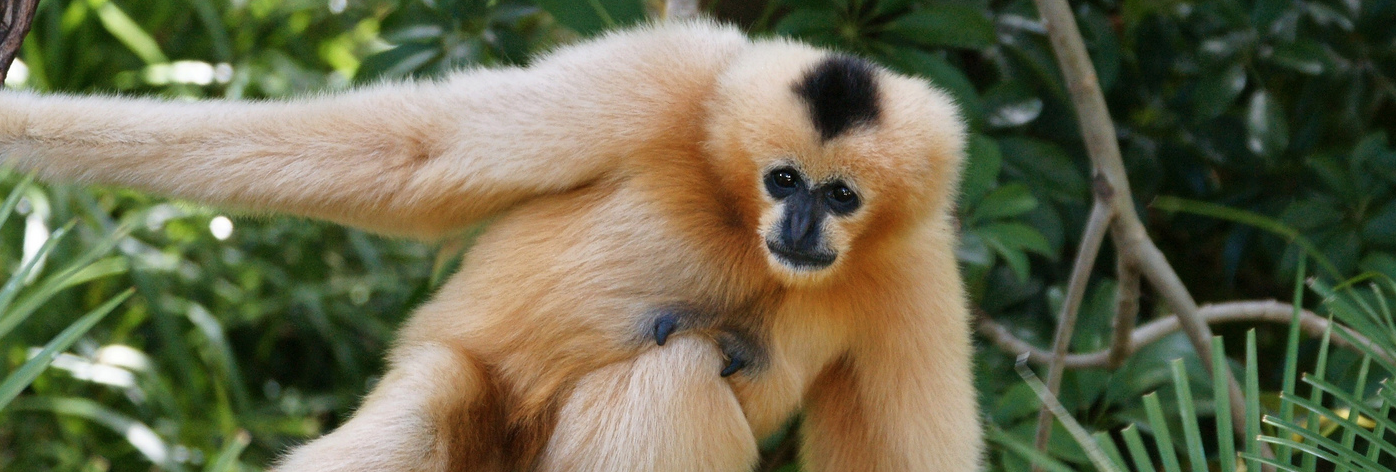New Scientist
Image: rogersmithpix
Gibbons have such strange, scrambled DNA, it looks like someone has taken a hammer to it. Their genome has been massively reshuffled, and some biologists say that could be how new gibbon species evolved.
Gibbons are apes, and were the first to break away from the line that led to humans. There are around 16 living gibbon species, in four genera. They all have small bodies, long arms and no tails. But it’s what gibbons don’t share that is most unusual. Each species carries a distinct number of chromosomes in its genome: some species have just 38 pairs, some as many as 52 pairs.
“This ‘genome plasticity’ has always been a mystery,” says Wesley Warren of Washington University in St Louis, Missouri. It is almost as if the genome exploded and was then pieced back together in the wrong order.
To understand why, Warren and his colleagues have now produced the first draft of a gibbon genome. It comes from a female northern white-cheeked gibbon (Nomascus leucogenys) called Asia. Read more on newscientist.com…








